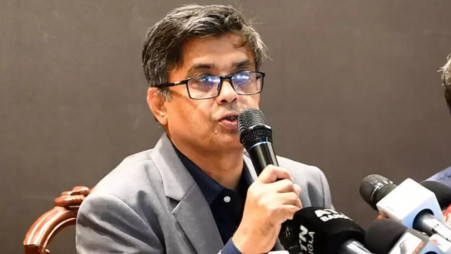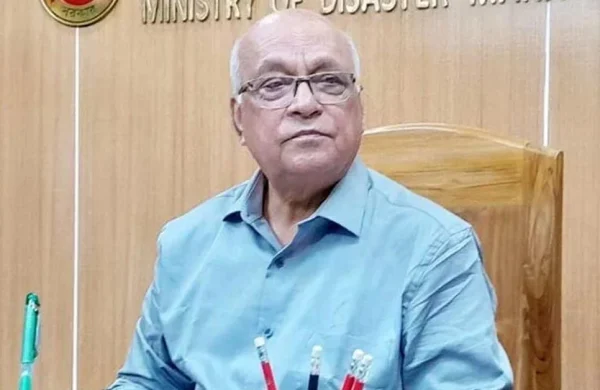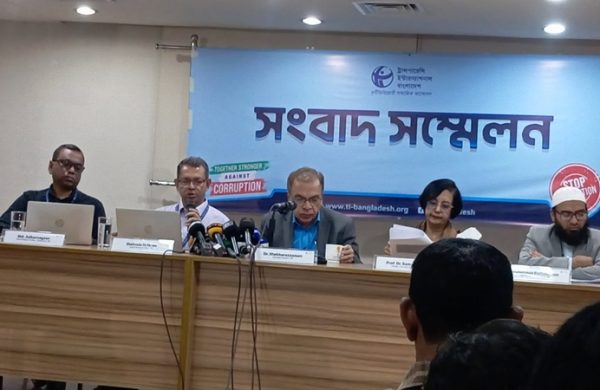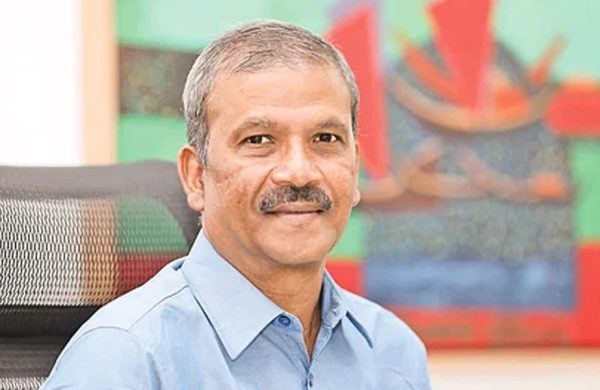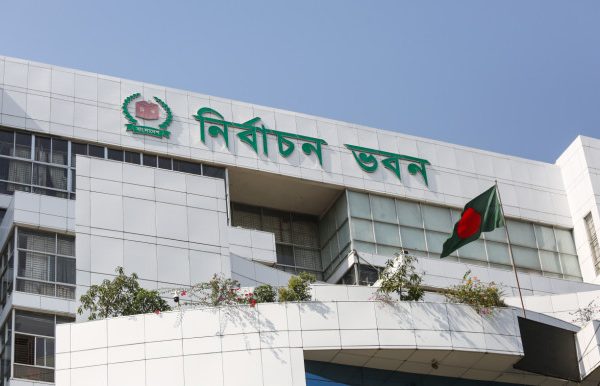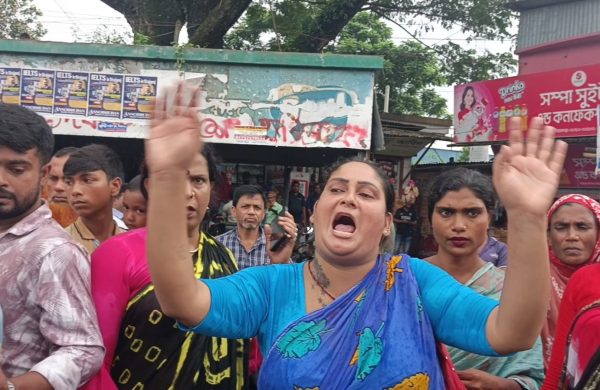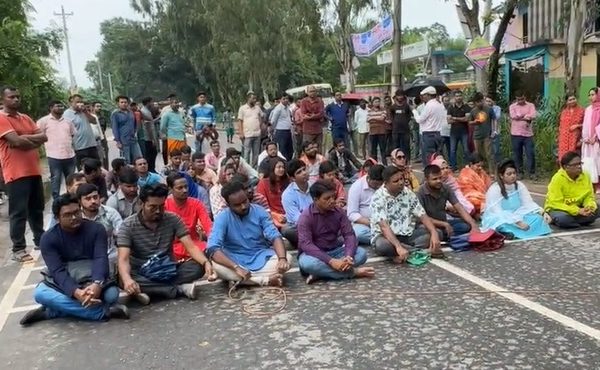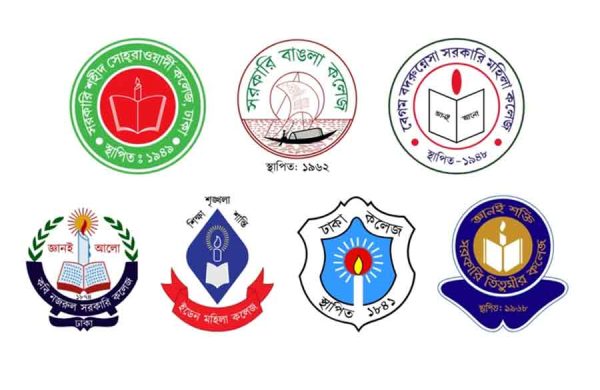Can green buildings create opportunities for carbon trading?
- Update Time : Tuesday, February 11, 2025
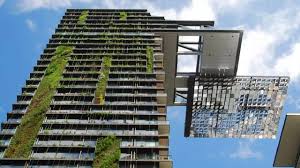
Staff Correspondent:
The urgency of climate change demands innovative solutions, and green building practices are emerging as a powerful force in mitigating carbon emissions.
However, the potential of green buildings extends beyond simply reducing a building’s carbon footprint. By implementing sustainable design and construction techniques, carbon trading opportunities can be unlocked, creating a financial incentive for environmentally responsible development.
This article focuses on the prospects of green building in Bangladesh that generates carbon credits, explores the different carbon trading mechanisms available, and ultimately showcases the exciting possibilities of leveraging sustainable building for a cleaner, more profitable future.
WHAT IS A GREEN BUILDING?
A green building is a structure that is designed, constructed, and operated in an environmentally responsible and resource-efficient manner. It focuses on sustainability by reducing the negative impact on the environment while enhancing the well-being of its occupants.
KEY FEATURES OF GREEN BUILDINGS
Energy Efficiency: Uses renewable energy sources (like solar or wind), energy-efficient lighting, and smart building technologies.
Water Conservation: Incorporates water-efficient fixtures, rainwater harvesting, and wastewater recycling.
Sustainable Materials: Uses eco-friendly, recycled, or locally sourced materials to minimize environmental impact.
Indoor Environmental Quality: Ensures proper ventilation, natural lighting, and non-toxic building materials for better air quality.
WASTE REDUCTION: Promotes recycling, composting, and sustainable construction waste management.
Site Sustainability: Minimizes land disturbance, promotes green roofs, and supports biodiversity.
LOW CARBON FOOTPRINT: Reduces greenhouse gas emissions through efficient design and operation.
INTERNATIONAL CERTIFICATIONS FOR GREEN BUILDINGS
LEED (Leadership in Energy and Environmental Design): A widely recognized certification by the U.S. Green Building Council (USGBC).
BREEAM (Building Research Establishment Environmental Assessment Method): A UK-based certification.
WELL CERTIFICATION: Focuses on human health and well-being.
GREEN STAR: USED IN AUSTRALIA.
EDGE (Excellence in Design for Greater Efficiencies): Popular in developing countries.
Green buildings help combat climate change, reduce utility costs, and create healthier spaces for people to live and work.
WHAT IS CARBON CREDIT?
A carbon credit is a permit or certificate that represents the right to emit one metric tonne of carbon dioxide (CO₂) or an equivalent amount of another greenhouse gas (GHG). These credits are used as part of efforts to reduce global emissions and combat climate change. Companies or entities that emit less CO₂ than their allocated limit can sell their unused credits to others that exceed their limits.
WHAT IS CARBON TRADING?
Carbon trading, also known as emissions trading, is the process of buying and selling carbon credits to control greenhouse gas emissions. It is part of a cap-and-trade system, where governments or regulatory bodies set a limit (cap) on total emissions and issue credits accordingly.
HOW GREEN BUILDINGS CREATE POTENTIAL FOR CARBON TRADING
Green buildings contribute to carbon trading by reducing greenhouse gas (GHG) emissions, making them eligible to generate and trade carbon credits. Here’s how:
ENERGY EFFICIENCY & LOWER EMISSIONS
Green buildings use energy-efficient HVAC systems, LED lighting and smart building technology, reducing carbon emissions from electricity consumption. By cutting fossil fuel-based energy use, buildings emit less CO₂, allowing them to earn carbon credits under emission reduction programs.
RENEWABLE ENERGY INTEGRATION
Many green buildings install solar panels, wind turbines, or geothermal energy systems, reducing reliance on grid electricity generated from fossil fuels. Excess renewable energy can be fed into the grid, generating renewable energy credits (RECs) that can be sold in carbon markets.
SUSTAINABLE MATERIALS & LOW CARBON CONSTRUCTION
Using low-carbon concrete, recycled steel, and timber reduces the embodied carbon in construction. Buildings that incorporate carbon capture materials (like CO₂-absorbing cement) can qualify for carbon offset programs.
WATER & WASTE MANAGEMENT
Rainwater harvesting, greywater recycling, and water-efficient fixtures reduce the energy required for water treatment and supply. Waste reduction through composting and recycling lowers methane emissions from landfills, allowing buildings to claim waste management carbon credits.
GREEN CERTIFICATIONS & CARBON CREDIT ELIGIBILITY
Certified green buildings (e.g., LEED, BREEAM, EDGE) may qualify for carbon offset projects, making them eligible for trading in voluntary carbon markets. Large property developers can sell carbon credits for portfolio-wide emissions reductions, making green buildings a financial asset in carbon trading.
SMART BUILDING TECHNOLOGY & CARBON MONITORING
AI and IoT-based energy monitoring systems help track and reduce carbon emissions. Verified reductions can be certified as carbon credits and sold in compliance or voluntary carbon markets.
HOW GREEN BUILDINGS IN BANGLADESH CAN CONTRIBUTE TO CARBON TRADING
Bangladesh has been making significant strides in sustainable architecture and green building development due to growing environmental concerns, energy efficiency needs, and compliance with international sustainability standards. The country is one of the global leaders in green industrial buildings, particularly in the textile and garment sector.
With the right implementation of carbon reduction initiatives in Bangladesh, the nation might earn billions of US dollars annually from global carbon trading. In 2022, the global carbon trading market was valued at $4.5 trillion, and it may grow to $8.98 trillion. The International Monetary Fund (IMF) suggested an average price of $75 per unit, with each carbon credit equivalent to one tonne of carbon dioxide. Carbon markets have only brought in a few hundred million US dollars for Bangladesh thus far.
Bangladesh could make much more, though, because the nation is among the lowest carbon polluters in the world, contributing only 0.5% of global emissions.
GROWTH OF GREEN BUILDINGS IN BANGLADESH
In Bangladesh, over 200+ factories in the ready-made garments (RMG) sector are certified by LEED (Leadership in Energy and Environmental Design) by the U.S. Green Building Council (USGBC). The trend of green commercial, residential, and industrial buildings is increasing in Dhaka, Chattogram, Gazipur, and Narayanganj.
GREEN BUILDING CERTIFICATIONS & POLICIES IN BANGLADESH
LEED Certification (USGBC): The most recognized certification in Bangladesh.
Bangladesh Green Building Guidelines: Developed by the Bangladesh Green Building Council (BGBC).
EDGE Certification: Promoted by the International Finance Corporation (IFC).
Sustainable & Renewable Energy Development Authority (SREDA): Encourages energy-efficient buildings.
BENEFITS OF GREEN BUILDINGS IN BANGLADESH
Lower Energy Costs: Reduces electricity bills through solar energy and energy-efficient appliances.
WATER CONSERVATION: Rainwater harvesting and wastewater recycling.
HEALTHIER INDOOR AIR QUALITY: Improves well-being by reducing pollution.
CARBON CREDIT TRADING: Potential to earn revenue by reducing CO₂ emissions.
GLOBAL MARKET COMPETITIVENESS: Many eco-friendly garment factories attract international buyers.
How Bangladesh Can Sell Carbon Credits
First, identification of green industry projects.
Then, get certified by Carbon Standards. The green industry projects must be verified and registered under recognized carbon credit standards such as the Gold Standard (GS), Verified Carbon Standard (VCS), Clean Development Mechanism (CDM) of UNFCCC, etc.
After that, emission reductions will be verified. Certified auditors measure CO₂ reduction to validate the credits.
Finally, engaging in the global carbon trading markets. There are two types of carbon trading markets:
Compliance Carbon Market: Sell credits to companies in regulated markets like the EU Emissions Trading System (ETS).
VOLUNTARY CARBON MARKET (VCM): Sell credits to international companies looking to offset emissions voluntarily.
CHALLENGES FOR BANGLADESH IN CARBON TRADING AND PROBABLE SOLUTIONS
A lack of awareness and expertise in carbon trading has limited the scope of Bangladesh’s earnings from selling carbon credits in the international markets. High initial costs for certification are another bar. Furthermore, the country have a limited policy and regulatory framework that can support the carbon trading process. Verification and monitoring issues are also required to enhance the potential of Bangladesh in this sector.
To overcome these limitations, essential training and capacity-building programs on carbon trading can be helpful. Government incentives and subsidies can encourage commercial projects, industrial establishments, and residential owners to opt for green buildings.
Therefore, a national carbon trading policy should be developed and a national carbon credit registry should be introduced to streamline the process in Bangladesh. Public-private partnerships (PPP) can drive large-scale green building projects in different districts. Moreover, foreign investments in green building and associated carbon offset projects should be encouraged to enhance the country’s carbon trading scope. Expanding the carbon market to SMEs and rural green industries can boost economic benefits. Besides these, by partnering with international carbon credit certifiers, Bangladesh can go a long way in carbon trading.
FINAL THOUGHTS
Green buildings reduce carbon emissions and create financial opportunities through carbon trading, encouraging real estate developers, corporations, and governments to invest in sustainable construction.
Bangladesh has been leading the way in green industrial buildings, especially in the garment sector, and is gradually expanding to commercial and residential areas. The country has huge potential to earn from carbon trading by promoting green industries and green building projects. With the right policies, international partnerships, and investments, Bangladesh can turn carbon reduction into a financial asset while combating climate change.


